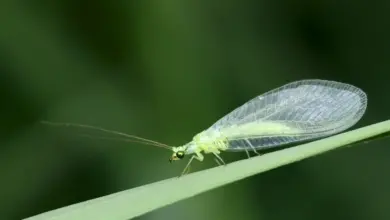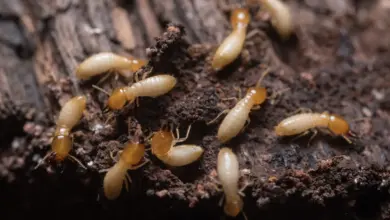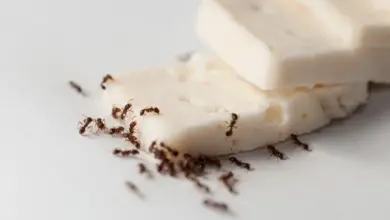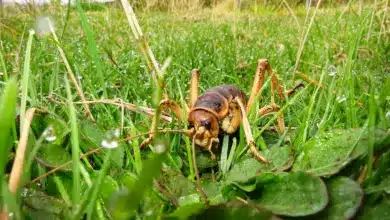Antlions are fascinating insects with an intriguing feeding behavior. As a part of the Neuroptera order, they are close relatives to lacewings, owlflies, dobsonflies, and fishflies. These creatures primarily consist of two stages in their life cycle: the larvae and the adult stage, with both having different preferences when it comes to their diet.
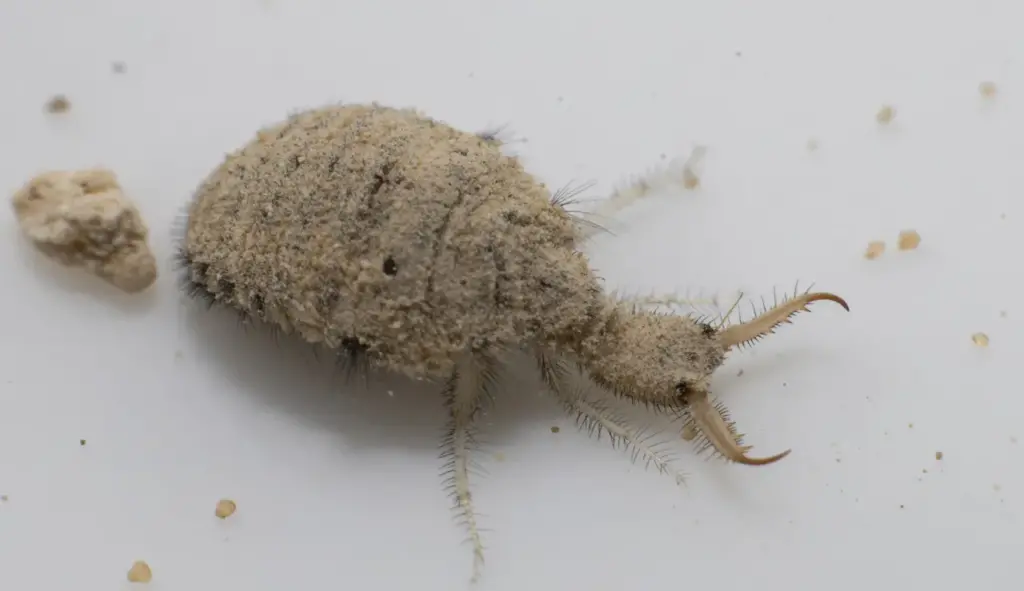
During the larval stage, antlions get their name from their primary source of food, which are ants. They have ingenious ways to catch their prey, such as digging conical depressions in sandy soil, waiting for insects like ants to fall in and become trapped source. However, ants aren’t the only item on their menu as they’re known to consume a variety of small insects, including termites and beetle larvae source.
As adult antlions, their food preferences change significantly. They possess an elongated body and four delicately veined wings, resembling drab damselflies. In this stage of their life, they primarily feed on nectar and pollen, making them a vital part of the pollination process in their environments source.
What Is An Antlion?
Antlions are fascinating insects belonging to the order Neuroptera. They are a type of arthropod, which means they have jointed legs and a segmented body. The scientific name for this insect family is Myrmeleontidae, and one of the common representative genera is Myrmeleon. Let’s explore some of their features:
- Antlions are known for their unique larvae, which create cone-shaped pits in the sand to trap their prey, usually ants or other small insects.
- Adult antlions resemble damselflies, with delicate, intricately veined wings and an elongated body. Their antennae are clubbed or curved, making them visually distinct from their relatives.
These fascinating creatures exhibit some intriguing behaviors that help them survive in various habitats. For instance, the larvae burrows into loose, dry soil, constructing its pit by flipping soil particles away with its head. You may find these pits in sandy areas, sheltered from rain and wind, such as on sunny, south-facing slopes or under eaves and overhangs.
In summary, antlions are a unique group of insects within the Neuroptera order and Myrmeleon genus. They have interesting behaviors and appearances that differentiate them from other arthropods, making them a captivating subject for insect enthusiasts.
Antlion Life Cycle
Egg Stage
During this stage, adult female antlions lay their oval-shaped eggs in sandy or loose soil. The eggs are small, delicate, and difficult to spot due to their camouflage.
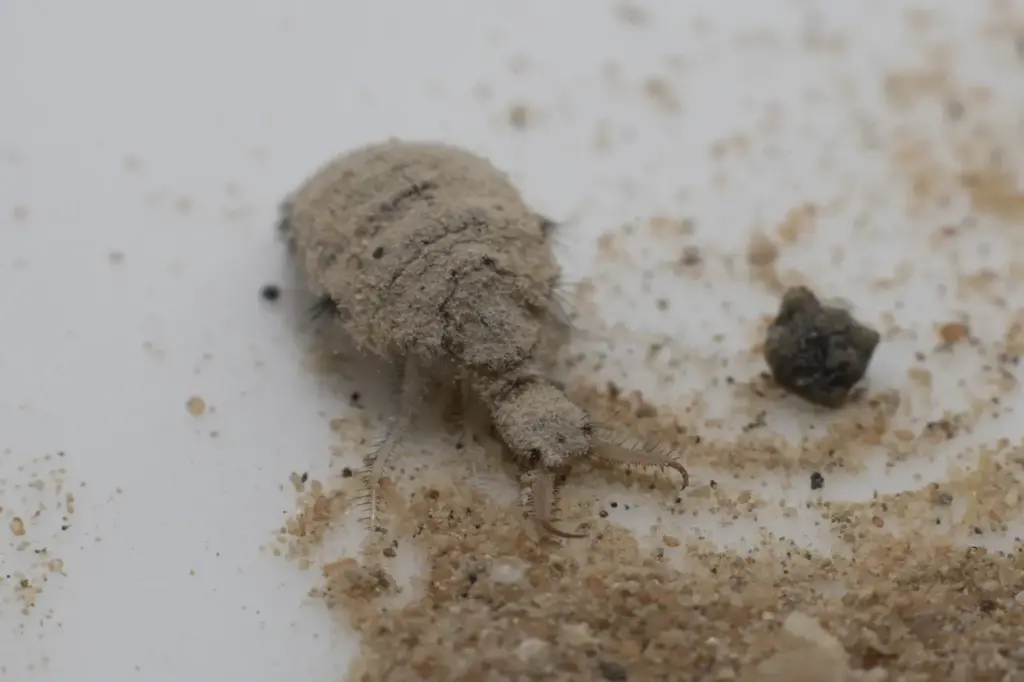
Larval Stage
When the larvae, also known as doodlebugs, hatch from the eggs, they exhibit a predatory nature. Their oval-shaped bodies are equipped with sickle-like jaws for capturing prey. Key features of doodlebug larvae include:
- Mottled dirt-colored skin
- Segmented abdomens
- Six legs
Cocoon Stage
After several molts and growth in the larval stage, doodlebugs transform into pupae. They spin a silk cocoon within the sand to protect themselves during metamorphosis. Here, they undergo a dramatic transformation into adult antlions.
Adult Stage
Adult antlions emerge from the cocoons with larger, intricately veined wings and long, clubbed antennae. They are nocturnal fliers and mate during the night. Some comparisons between larvae and adults include:
| Larval Stage | Adult Stage |
|---|---|
| Oval-shaped bodies | Elongated bodies |
| Sickle-like jaws | Clubbed antennae |
| Predatory | Predatory |
Distribution Of Antlions
Antlions are found on various continents, including North America, Europe, and Australia. Their habitats can range from sandy, south-facing slopes to areas with loose soil under eaves and overhangs.
Antlion’s Hunting Technique
Larvae demonstrate an interesting hunting method called pit construction. They dig funnel-shaped pits in sandy soil and ambush ants by hiding at the bottom of the pit. When an ant falls in, the larva captures it with its jaws and injects digestive enzymes to consume the prey.
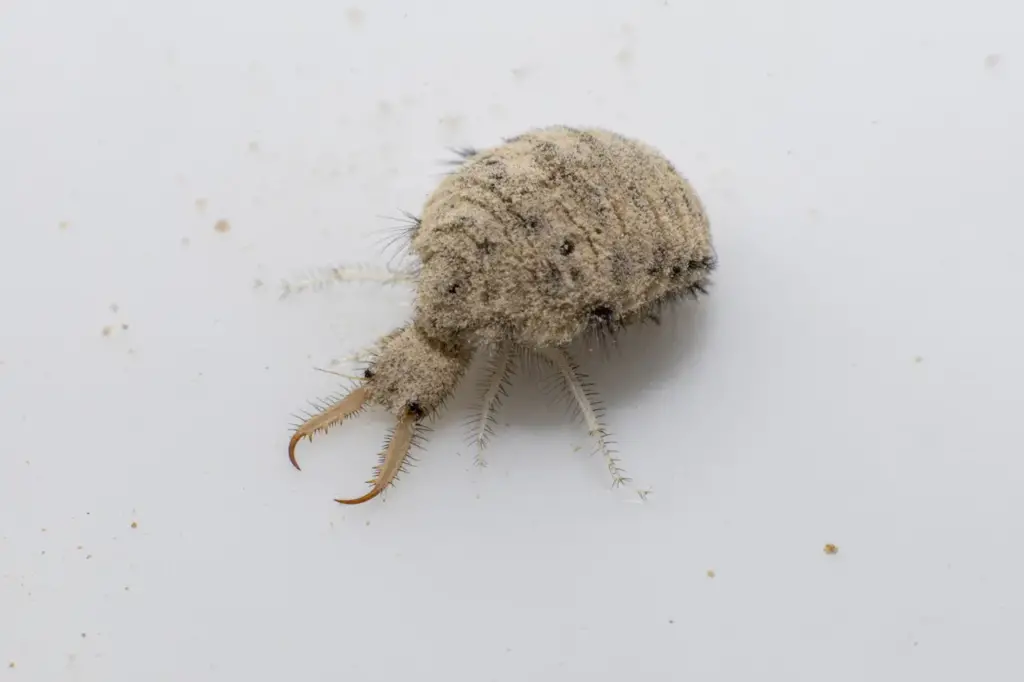
What Do Antlions Eat?
Antlions feed on a variety of small arthropods, such as:
- Live ants
- Mites
- Aphids
- Beetles
Predators Of Antlion
Despite their predatory nature, antlions also fall prey to:
- Birds
- Spiders
- Amphibians
Benefits And Control Of Antlions
Antlions play a role in controlling populations of pests like ants and aphids. They are not considered harmful to humans or the environment, and their presence can actually be beneficial for the ecosystem.
